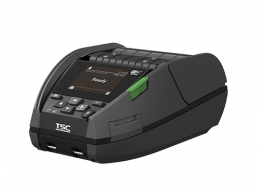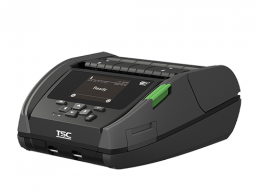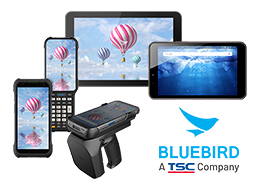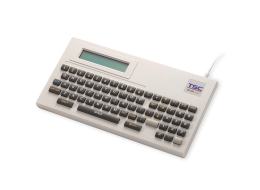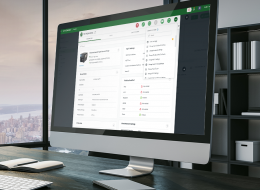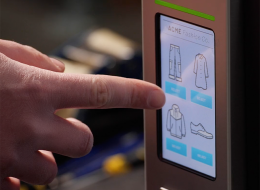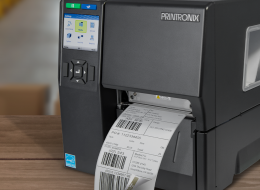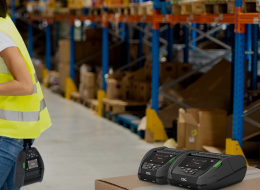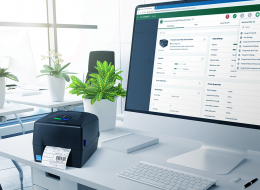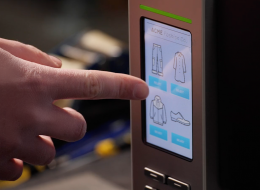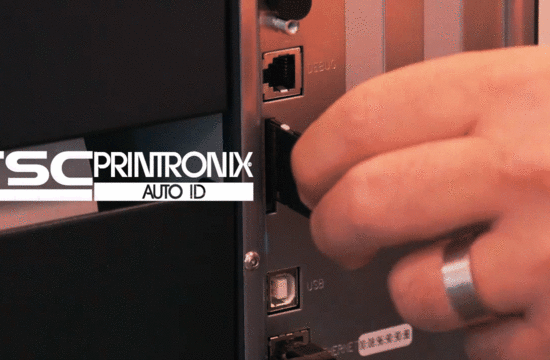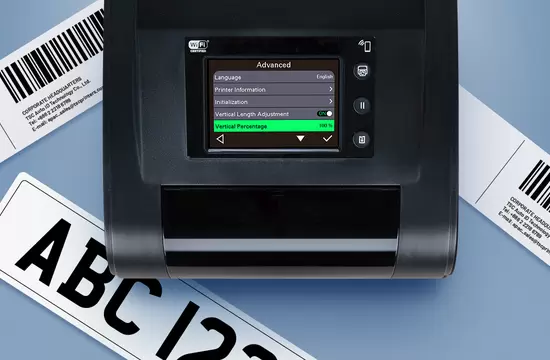Healthcare
Automotive
1429
/en/blog/automotive
Barcode Inspection
418
/en/blog/barcode-inspection
Company News
415
/en/taxonomy/term/415
Cybersecurity
1466
/en/blog/cybersecurity
Events and Tradeshows
1421
/en/blog/events-and-tradeshows
Food & Beverage
1426
/en/blog/food-beverage
Healthcare
1425
/en/blog/healthcare
High Resolution
414
/en/blog/high-resolution
Industry Trends
1419
/en/blog/industry-trends
Manufacturing
1424
/en/blog/manufacturing
Mobile Printing
1420
/en/blog/mobile-printing
Partner Perspectives
1465
/en/blog/partner-perspectives
Remote Printer Management
1432
/en/blog/remote-printer-management
Retail
1423
/en/blog/retail
RFID
416
/en/blog/rfid
Software Solutions
1433
/en/blog/software-solutions
Standalone
419
/en/blog/standalone
Supplies
417
/en/taxonomy/term/417
Tips & Best Practices
1431
/en/blog/tips-best-practices
Transportation & Logistics
1422
/en/blog/transportation-logistics
Warehouse & Fulfillment
1427
/en/blog/warehouse-fulfillment
With the significant workforce constraints in hospitals, technology inevitably needs to evolve to streamline workflows. Healthcare professionals seek solutions to accelerate work processes and enhance point-of-care (POC) services to achieve patient-centric care. Point-of-Care Testing (POCT) refers to medical diagnostics performed at or near the site of patient care. It enables rapid test results, allowing doctors to make immediate and informed decisions regarding patient treatment. Reducing the time between diagnosis and treatment can lead to faster medical intervention and enhance patient outcomes efficiently and precisely.
Linerless is emerging as a favored labeling solution. Whether in retail, logistics, healthcare, or beyond, enterprises are seeking a greener, more efficient labeling experience. Dive into our ultimate Q&A guide below to help you make informed decisions on integrating Linerless Labeling into your operations for sustainable and streamlined labeling.
In the healthcare industry, the medication administration process demands careful attention and high precision to prevent patient harm. Clinical prescriptions and treatments play a crucial role in determining the medication route for patients, and any error resulting from a delay or omission is irreversible. Particularly, time-critical medicines (TCM) require special consideration due to their time sensitivity, and failure to administer them promptly could lead to severe consequences. In the United States alone, 7,000 to 9,000 people die each year as a result of medication errors.
Businesses today actively seek ways to minimize their environmental impact and enhance workplace safety. One effective approach is transitioning from traditional labels to linerless labels. This transition not only reduces environmental impact but also aligns seamlessly with regulatory compliance, significantly enhancing operational efficiency.
Sustainability has emerged as a pivotal factor across numerous industries, driven by environmental protection and shifting consumer tastes. Businesses are progressively directing their attention towards sustainable strategies, encompassing endeavors like minimizing carbon footprints, embracing eco-conscious materials, and integrating circular economy concepts. Sustainability arises significantly in the Automatic Identification and Data Capture (AIDC) industry, leading to a growing demand for more eco-friendly materials and solutions for labels, tags, and other AIDC offerings. Reducing carbon emissions is the key strategy for the AIDC industry to achieve carbon neutrality and support environmental sustainability.
As the world economy has decelerated since 2021, job markets in OECD countries remain strained. Despite employment rates returning to pre-pandemic levels and unemployment rates hitting their lowest since the early 1970s, a stark labor shortage persists due to a lack of qualified talent, highlighting a supply-demand imbalance.
VDC Research finds that increasing demand for industrial printers is propelled by automation in manufacturing, traceability regulations in the food and beverage sector, hybrid retail strategies, e-commerce-driven logistics growth, and a heightened safety emphasis in healthcare.
A recent study from the CDC (Centers of Disease Control and Prevention) shows that the incidence of healthcare associated infections (HAIs) was elevated during periods of high COVID-19 hospitalizations; in 2021, standardized infection ratios were significantly higher than during the pre-pandemic period. HAIs are easily transmitted through medical devices during treatments, and bacteria are the most common cause. According to study,1 in 31 hospital patients acquired at least one HAI while hospitalized. Worryingly, HAIs may lead to morbidity and mortality. In fact, around 10% of the patients who became infected by an HAI in the course of the research process died during their hospitalization. Prevention and control of HAIs is vital for patient safety, and preservation and maintenance of a hygienic environment is the key factor in reducing HAIs.
In the fast-paced world of business, every minute counts. When a critical printer in your high-security network goes down, the impact can be immediate and crippling. Lost productivity, delayed shipments, and frustrated customers – it's a scenario no one wants to face. But with TSC Printronix Enterprise printers and their revolutionary Rapid Deployment feature, those panic attacks are a thing of the past.
In today's world, there is a great variety of media available to meet the growing demands of diverse printing applications. While having the ability to print long labels and specific labels for various vertical market applications is important, achieving precise printing is a different challenge altogether. These labels often pose difficulties as printers are typically designed for common or frequently used media. Additionally, printers need to be able to adjust for special or difficult media. That's where the TH DH Series comes in, offering an easy solution for printing difficult labels. The TH DH Series is specially designed to provide end users with precise label printing capabilities, with vertical DPI (dots per inch) being a key factor in achieving this level of accuracy.

